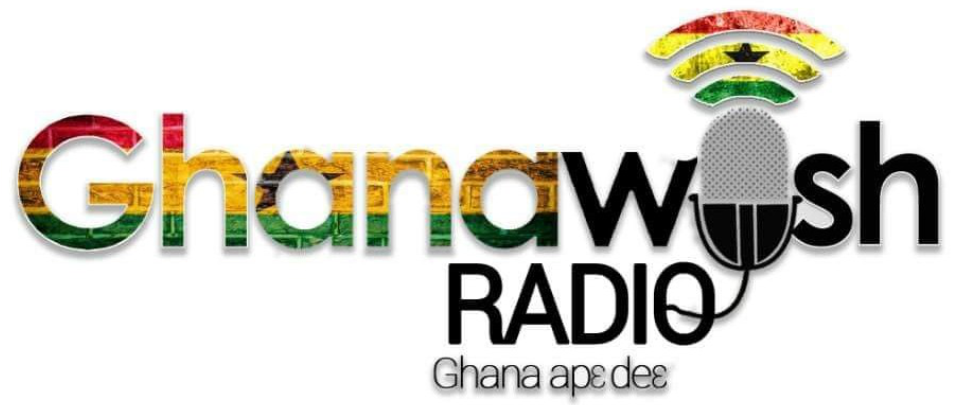The India-made tricycle, popularly referred to as “Pragya”, meaning, God’s wonder gift, is considered a necessary evil and major driver of the transportation sub economy of Kumasi.
Its nuisance and mostly lack of respect for traffic regulations notwithstanding, the tricycle has become a major medium for commuting within the metropolis. The relevance of the vehicle has become even more pronounced following the recent hike in fuel prices.
Beyond the comparable low charges, Pragya’s ability to navigate through heavy traffic situations makes it a preferred choice for commuters.
Taxi business affected
Despite its high risk factor, Pragya is the dominant means of transport, especially in communities such as Aboabo, Sawaba and Asawase.
With its frail nature, the mostly yellow motorcycle carries both passengers and groceries from the Central Business District (CDB) to different locations, sometimes with loud music on board.
“These people are slowly killing the taxi business. And together with the Bolt and Uber drivers, we may have to look for an alternative business to survive,” a frustrated taxi driver, Mr Yaw Adu, told the Daily Graphic at the Asafo Labour Roundabout station.
The taxi drivers appear to be the most hit by the Pragya business due to the price differences.
Those who operate the Pragya as “trotro” charge as low as GH¢1, and a charter, usually called “dropping”, for GH¢5 for a short trip, while a taxi charges GH¢3 and GH¢10 respectively for the same distance.
“As for us, we know business is good. And we know that once we become more accepted by the rich and some people in high authority, it will be better,” Mr Moro Iddrisu, a Pragya rider, told the Daily Graphic.
Accident
With all its benefits though, the rate of accidents involving the tricycle appears to be soaring.
Statistics from the Police Motor Traffic and Transport Department (MTTD) has not been forthcoming but observations in recent times attest to that fact.
Between Labour and Adum, the Daily Graphic last week witnessed not less than 10 Pragya accidents, some of them fatal.
Few metres to the Railway Police Station, a Pragya was literally divided into two from a knock by a Nissan Urvan bus, killing the rider on the spot.
Police
The Head of MTTD in the Ashanti Region, Superintendent Mr Emmanuel Adu Boahene, said there were no specific statistics on the accident rate on Pragya alone.
“Rather what the command has is a general statistics on the rate of carnage on the road for the first quarter of the year,” he said.
“In the first place, the Pragya operators are not supposed to use the tricycles for commercial purposes because it’s illegal,” he said.
Supt Boahene reckoned that their operations were problematic against the backdrop of continuous disregard for traffic regulations, but added, “The command is working hard to stamp its authority and bring sanity.”
He acknowledged that the operators had been emboldened because of the politicisation of discussions on whether to legalise it or not.
KMA
But according to the Public Relations Officer (PRO) of the Kumasi Metropolitan Assembly (KMA), Ms Henrietta Afia Konadu Aboagye, the laws of the country frowned on the operations of Pragya, hence it was the duty of the Ghana Police Service to enforce the laws.
However, she said, since its operation had become part of the national life and provided employment for the teeming youth, the assembly would encourage proposals from individuals and corporate entities to trigger discussions on how it should be regulated.
“We do not have a separate law concerning the operations of Pragia; we operate in conformity with the national laws and the Constitution, so that is our stance,” she said in an answer to the question on how they were being regulated.


